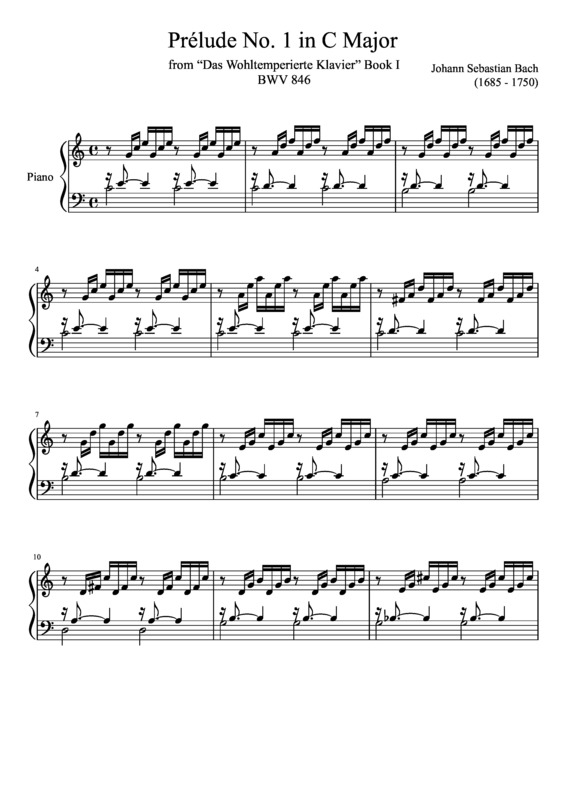
Moreover, the highest note of the Prelude is a” (m. 4-7 of the Prelude, because there are two fourths going up (e-a, d-g), exactly as in the Fugal subject. 1-7 of the Prelude obviously correspond with the subject of the Fugue. There is a connection between the Prelude and the Fugue subject. While Prelude is more vertical thinking based on harmonic functions, Fugue is an example of extremely complex contrapuntal writing. Prelude and Fugue complements each other, because Bach uses contrasting techniques in each of them. The entire Prelude shows Bach’s mastery of vertical thinking. The last third of the Prelude, goes back to the Tonic key, and resolves the tension. The second third of the piece moves toward the climax. In conclusion, the first third of the prelude establishes the Tonic key and moves to the Dominant. 32-34 before resolution into the final Tonic chord. Bach uses the plagal extension in the mm. This last episode is the calming down after the storm. This beginning of the pedal point marks the last third of the Prelude. But instead of resolving it in to the C major triad, he writes the Tonic 4/6 chord with G in the Bass. Interestingly, the top voice reaches the lowest point in the section of the culmination. I think that the most intense chords are two diminished seventh chords in the mm. Bach writes five seventh chords in a row with no resolutions therefore harmony gets very tense. 19 is an exact repetition of the first measure, only the octave lower.įrom this point, music goes into a climactic point.

18-19, which is the halfway of the piece and is proportionally important. The next imperfect authentic cadence, in the Tonic key (C major) is in the mm. The next cadence in the Dominant key (G Major) is in the mm. The first cadence in the Tonic key is in mm. In the first five measures, Bach establishes the Tonic key and after that he moves to the Dominant. In the first third of the Prelude, Bach alternates seventh chords (or inversions) with the resolution therefore the tension is going slightly up and down every two measures. Tension is created by using seventh chords and their inversions.

The range is from low C to a” (total range of almost four octaves). Bach changes one harmonic progression per measure. The Bass and Tenor voices are holding notes for a half of measure which gives a solid bass foundation. Although Bach keeps the arpeggio texture throughout the piece, the Prelude is written in five voice texture with a smooth voice leading. The Prelude and Fugue in C major from the WTC I are a very complex set of two pieces which reveals Bach’s mastery of harmonic and contrapuntal writing.


 0 kommentar(er)
0 kommentar(er)
